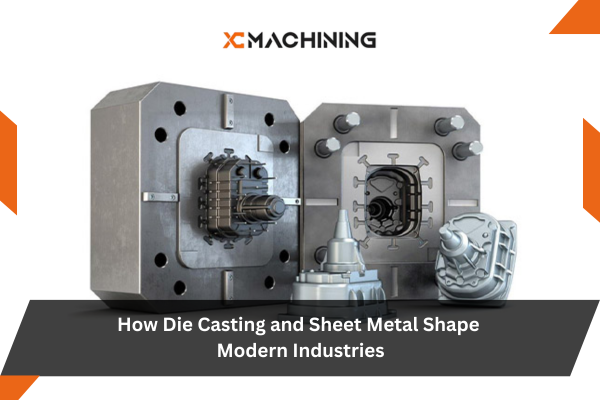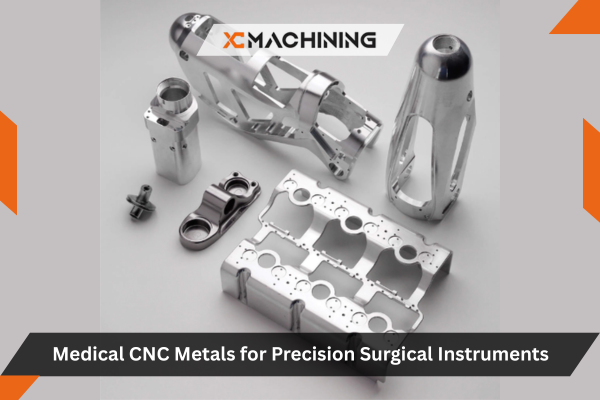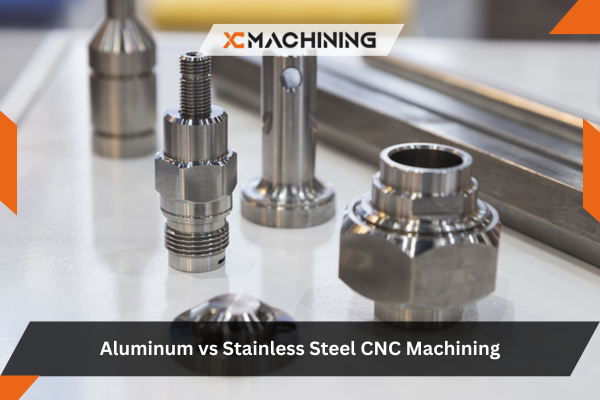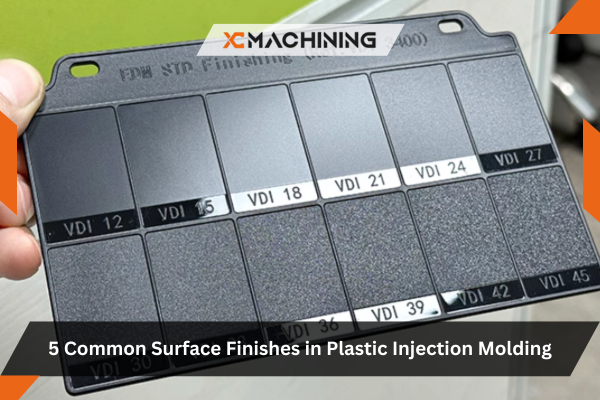Imagine you’re cruising down the highway in your favorite car. Have you ever thought about all the metal parts that make that ride smooth and safe? From the engine to the sleek body, die casting and sheet metal plays superstar roles in creating the vehicles we love. Let’s dive into how these two processes shape the industries that build our modern world.
What are Die Casting and Sheet Metal?
Die Casting and Sheet Metal are two essential methods used to form metal parts. Think of Die Casting as using a mold to shape molten metal into precise forms. It’s similar to making ice cubes but with metal! Sheet Metal, on the other hand, involves bending and cutting flat sheets of metal into various shapes. It’s like folding paper to create a cool origami design.
These techniques are everywhere from the gadgets in your pocket to the appliances in your kitchen. They help make products strong, lightweight, and cost-effective. By using die casting and sheet metal, industries can produce high-quality parts quickly and efficiently, meeting the demands of today’s fast-paced world.
Die Casting in the Automotive Industry
The automotive industry relies heavily on Die Casting to produce durable and lightweight parts. Engines, transmission cases, and even some body panels are often made using this method. Why? Because Die Casting allows for intricate designs that are both strong and lightweight, improving a car’s performance and fuel efficiency.
For example, did you know that using Die Cast parts can reduce a vehicle’s weight by up to 40% compared to traditional manufacturing methods? This weight reduction leads to better mileage and lower emissions, making cars not only faster but also greener. Car manufacturers love Die Casting because it helps them build reliable vehicles that stand the test of time.
Sheet Metal in Electronics
Sheet Metal is a game-changer in the electronics industry. From smartphones to laptops, many of the sleek casings and internal structures are made from sheet metal. This material is perfect because it’s flexible and can be easily shaped to fit the complex designs of modern gadgets.
Here’s why sheet metal is so popular in electronics:
- Lightweight: Keeps devices portable.
- Durable: Protects delicate components inside.
- Heat Dissipation: Helps manage the heat generated by electronics.
Using sheet metal ensures that our devices are not only stylish but also sturdy and efficient. It’s amazing how something so simple can make our tech gadgets so reliable and user-friendly.
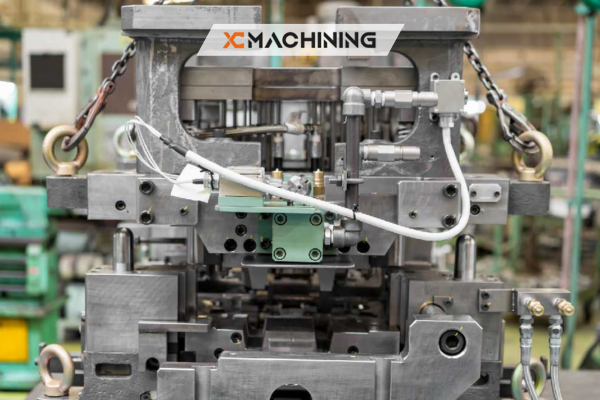
Die Casting for Durability
Durability is a key factor in many industries, and Die Casting excels in this area. Parts made through Die Casting are incredibly strong and can withstand high pressures and temperatures. This makes them ideal for applications like engines, where reliability is crucial.
A fact to note: Die Cast parts can endure up to 50% more stress than those made with traditional casting methods. This extra strength ensures that products last longer and perform better under demanding conditions. Whether it’s in cars, machinery, or household appliances, Die Casting provides the toughness needed for everyday use.
Sheet Metal in Appliances
Household appliances like refrigerators, washing machines, and ovens often feature components made from Sheet Metal. Its versatility allows manufacturers to create parts that are both functional and aesthetically pleasing. Here’s how sheet metal enhances appliances:
- Design Flexibility: Shapes can be customized to fit different styles.
- Strength: Ensures parts can handle daily wear and tear.
- Ease of Assembly: Simplifies the manufacturing process.
For example, the sleek exterior of a modern refrigerator is typically made from sheet metal, giving it a smooth finish that’s easy to clean and maintain. Inside, sheet metal components help with the appliance’s structure and functionality, making our daily chores easier and more efficient.
Innovation through Die Casting and Sheet Metal
Innovation thrives on the capabilities of die casting and sheet metal. These processes allow for the creation of complex and innovative designs that push the boundaries of what’s possible. Engineers and designers can experiment with new shapes and structures, leading to groundbreaking products.
Here are some innovative applications:
- Electric Vehicles: Lightweight Die Cast parts improve battery efficiency.
- Smart Devices: Custom sheet metal designs enhance functionality.
- Medical Equipment: Precise metal parts ensure reliability and safety.
By enabling creativity and precision, Die Casting vs Sheet Metal drive technological advancements across various fields. They help turn imaginative ideas into tangible products that make our lives better.
Future Trends in Die Casting vs Sheet Metal
The future of die casting and sheet metal looks bright with continuous advancements in technology. Here are some trends to watch:
- Automation: Increased use of robotics for precision and efficiency.
- Advanced Alloys: Development of new metal alloys for better performance.
- 3D Printing Integration: Combining traditional methods with 3D printing for complex designs.
- Smart Manufacturing: Using data and AI to optimize production processes.
These trends will make Die Casting vs Sheet Metal even more versatile and essential in modern industries. As technology evolves, so do the possibilities for these metal shaping methods, ensuring they remain at the forefront of manufacturing innovation.
How Die Casting and Sheet Metal Enhance Product Quality
Quality is paramount in any industry, and die casting and sheet metal play a crucial role in ensuring high standards. These processes offer consistent and precise results, reducing the chances of defects and enhancing the overall quality of products.
- Precision: Exact dimensions ensure parts fit perfectly.
- Consistency: Uniform production maintains high standards.
- Surface Finish: Smooth finishes improve appearance and functionality.
For example, in the electronics industry, precise sheet metal casings protect sensitive components and provide a professional look. Similarly, Die Cast parts in automotive engines ensure smooth performance and longevity. High-quality materials lead to reliable and trustworthy products that consumers can depend on.
Die Casting vs Sheet Metal in the Renewable Energy Sector
Renewable energy is booming, and die casting vs sheet metal are at the forefront of this green revolution. Wind turbines, solar panels, and electric generators all use components made from these metal shaping methods. Die Cast parts in wind turbines, for example, are essential for creating strong and lightweight blades that can capture wind energy efficiently.
Sheet Metal is used in solar panel frames and mounting systems, providing durability and flexibility in installation. These processes help in producing high-quality components that are crucial for the performance and longevity of renewable energy systems. By supporting the renewable energy sector, Die Casting and Sheet Metal contribute to a more sustainable and eco-friendly future.
Customization and Flexibility in Manufacturing
Customization is a key advantage of using Die Casting and Sheet Metal. Manufacturers can easily adjust designs to meet specific requirements, allowing for greater flexibility in production. This means that products can be tailored to different markets and consumer preferences without significant changes to the manufacturing process.
- Design Adaptability: Easily modify shapes and sizes.
- Quick Prototyping: Fast changes during the development phase.
- Personalization: Create unique products for niche markets.
Imagine wanting a unique design for a gadget or a specific feature for a household appliance. With Die Casting and Sheet Metal, making these customizations is straightforward and cost-effective. This flexibility helps businesses stay competitive and meet diverse customer needs.
Die Casting and Sheet Metal in the Aerospace Industry
The aerospace industry demands the highest standards of precision and strength, and Die Casting and Sheet Metal deliver just that. Components like aircraft frames, engine parts, and interior fittings are often made using these methods. The lightweight nature of Die Cast parts helps in reducing the overall weight of aircraft, leading to better fuel efficiency and performance.
Additionally, Sheet Metal is used extensively for creating the complex shapes required in aircraft design. Its ability to be molded into intricate forms ensures that every part fits perfectly, contributing to the safety and reliability of aircraft. The aerospace sector relies on these metal shaping techniques to produce parts that can withstand extreme conditions and ensure the smooth operation of flights.
Die Casting vs Sheet Metal in the Medical Industry
The medical industry relies on precision and reliability, and Die Casting vs Sheet Metal meet these demands perfectly. Medical devices, equipment, and instruments often feature parts made using these methods. From surgical tools to imaging machines, the accuracy and durability provided by Die Casting and Sheet Metal are indispensable.
For instance, Die Cast parts are used in MRI machines and other imaging equipment to ensure stability and precise operation. Sheet Metal is used in creating sterile and easy-to-clean surfaces for medical instruments, enhancing hygiene and safety. These metal shaping techniques play a vital role in advancing medical technology and improving patient care.
Die Casting vs Sheet Metal in the Construction Industry
The construction industry also benefits from Die Casting vs Sheet Metal. From structural components to decorative elements, these metal shaping techniques are used extensively. Die Cast parts are used in building frameworks, HVAC systems, and plumbing fixtures, providing strength and reliability.
Sheet Metal is essential for roofing, siding, and insulation, offering durability and protection against the elements. Its ability to be formed into various shapes makes it ideal for both functional and aesthetic applications in construction. By incorporating Die Casting and Sheet Metal, the construction industry can build structures that are not only strong and safe but also visually appealing.
Die Casting and Sheet Metal in the Transportation Industry
While the automotive industry is a major user of Die Casting and Sheet Metal, other transportation sectors also rely on these methods. Trains, ships, and even bicycles benefit from the precision and durability offered by these metal shaping techniques. Die Cast parts in trains, for example, contribute to the overall strength and efficiency of the locomotive, while Sheet Metal is usable in creating lightweight and aerodynamic components.
Ships use Die Cast parts for engines and other critical systems, ensuring they can withstand harsh marine environments. Bicycles incorporate sheet metal welding in frames and components, providing a balance of strength and weight for better performance. These applications highlight the versatility of Die Casting vs Sheet Metal in enhancing various modes of transportation.

Training and Skill Development in Die Casting vs Sheet Metal
The success of Die Casting vs Sheet Metal industries depends on the skills and expertise of their workforce. Training and skill development programs are essential to ensure that workers can operate advanced machinery and adhere to best practices. Skilled technicians can manage production processes, and perform quality inspections.
Companies invest in continuous training to keep up with technological advancements and industry standards. By fostering a skilled workforce, the Die Casting and Sheet Metal industries can maintain high levels of productivity and innovation. This commitment to training ensures that these metal shaping methods continue to evolve and meet the demands of modern industries.
The Global Impact of Die Casting vs Sheet Metal
Die Casting vs Sheet Metal are not confined to a single region; they have a global impact on various industries worldwide. Countries with strong manufacturing sectors, like Germany, China, and the United States, rely on these metal shaping techniques to produce everything from cars to electronics. The global demand for high-quality Die Cast and Sheet Metal parts drives innovation and competition, leading to better products and technologies.
Moreover, international collaboration and trade in Die Cast and Sheet Metal components foster economic growth and development. By supporting global industries, these processes contribute to the interconnectedness and progress of economies around the world. The widespread use of Die Casting and Sheet Metal underscores their importance in shaping the global landscape of modern industries.
Conclusion
Die Casting and Sheet Metal are the unsung heroes behind many of the products we use daily. From cars to electronics and household appliances, these metal shaping methods ensure that industries can produce high-quality, durable, and cost-effective parts. They drive innovation, support sustainability, and enhance product quality, making them indispensable in today’s manufacturing landscape.
As we look to the future, Die Casting vs Sheet Metal will continue to evolve, bringing even more advancements and possibilities to modern industries. So next time you use a device or drive a car, remember the vital role these processes play in shaping our world.
Have you ever wondered what other innovations Die Casting and Sheet Metal might bring to our everyday lives?
FAQs
What materials are used in die casting?
Common materials include aluminum, zinc, and magnesium alloys. These metals are chosen for their strength, lightweight properties, and excellent thermal and electrical conductivity, making them suitable for demanding applications like automotive and aerospace components.
What industries use die casting?
Industries like automotive, aerospace, electronics, and consumer goods use die casting for parts like engine components, housings, and brackets. Its precision, strength, and cost-effectiveness make it a preferred choice for high-volume production.
What are the benefits of sheet metal fabrication?
Sheet metal fabrication offers flexibility, durability, and cost-effectiveness. It’s ideal for creating lightweight structures with high strength, providing customized solutions for industries like construction, HVAC, and appliances, with fast production cycles.
How do die casting and sheet metal compare?
Die casting is best for high-volume production of intricate metal parts, while sheet metal is ideal for creating larger, flat, or hollow structures. Each process has unique advantages and is chosen based on the application and production needs.

